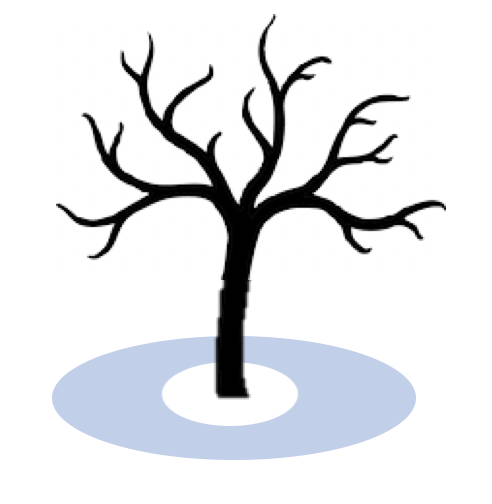When to Feed Apple Trees in Northern Pennsylvania
Download Resource
Fertilizing Fruit Trees
Before planting fruit trees, we recommend that gardeners test their soil before planting to determine the amount of lime and fertilizers needed. Soil testing can be done through a number of private and public labs. UNH Cooperative Extension offers this service. Forms and instructions are available on our website, or you can call our Info Line at 1-877-EXT-GROW (1-877-398-4769).
With or without a soil test, however, gardeners may follow these general rules of thumb for fertilizing fruit trees.
General recommendation for all fruits
Before planting:Maintain a soil pH between 6.0 – 6.5. Our native NH soils are usually acidic (pH 4.5-4.8), and lime or wood ash are often added to raise and maintain higher pH, as well as to supply calcium and magnesium. Lime works slowly, so should be applied the fall before planting if possible. Wood ash acts more quickly than lime, and it can be applied in the spring before planting. It is easy to apply too much: do not add lime or wood ash every year unless a soil test indicates the need.
When you plant:Do not add fertilizer. Most nurseries will not honor tree warranties if any fertilizer has been added to the planting hole. Three weeks after planting, once the soil has settled completely around roots, spread ½ pound of 10-10-10 in a circle 18" to 24" from trunk.
After the planting year: Every year, apply fertilizers in a split application: half at the end of April, and half at the end of May. Apply all fertilizers evenly beneath the dripline of the branches; at least 18" away from the trunk.
There are many fertilizer choices:
• 10-10-10 at the rate of one pound per inch of trunk diameter, measured one foot above the ground. Do not exceed 2½ lbs. 10-10-10 per year.
OR
• Calcium nitrate (15.5-0-0) at a rate of 2/3 pound per inch of trunk diameter and sul-po-mag (sulfate of potash-magnesia, 0-0-22) at a rate of ½ pound per inch of trunk diameter. Do not exceed 1 3/4 lb. calcium nitrate or 1¼ lb. sul-po-mag per year.
OR
• Blended organic fertilizer such as 5-3-4 at a rate of 2 lbs per inch of trunk diameter. Do not exceed 5 lbs 5-3-4 per year.

evenly beneath the dripline of the branches,
staying at least 18" away from the trunk.
All trees should be fertilized in spring,
before June 1.
Apples
Young apple trees (1-3 years) should grow 12" or more per year. If they are growing less than that, increase the fertilizer in subsequent years by 50%. For trees 4 years and older, apply nitrogen according to growth: If there is less than 6" of growth, use rates as described above. If there is more than 12" of growth, apply sul-po-mag (and boron if needed) only. Do not apply 10-10-10 or calcium nitrate.
Apply boron every 3 years. Old fashioned borax is 11.1% boron. Check the percentage of boron in the product you buy, and see the table below to determine how much to apply. Weigh the material to be sure you do not overapply, as excessive boron can be toxic to trees.
For young trees that have just started bearing, apply 4 oz of borax (11.1% B). For medium-sized trees, apply 8 oz of borax; and for large trees, apply up to 12 oz. of borax.
Boron can also be applied as a spray to the leaves and flower buds when the flowers are at tight cluster, before individual blossoms open. Soluble boron formulations are available; apply a 20% soluble boron formulation at a rate of 1 lb per 100 gallons of water; or a rate of 0.4 oz per 2 ½ gallons of water.
Pears
Fertilize pear trees according to growth and soil testing. Fertilize trees that grew less than 6" the previous year with 1 pound of calcium nitrate in the spring. Have soil tested every three years to determine need for potassium and magnesium; apply sul-po-mag only if a soil or tissue test recommends it.
Too much growth increases susceptibility with fire blight. Do not apply nitrogen to pear trees older than 3 years old growing more than 12" per year; apply sul-po-mag to provide potassium and magnesium only if a soil or tissue test recommends it.
Stone fruits (peaches, plums, cherries, apricots)
If the tree did not set a crop the previous year, do not fertilize. If the tree set a good crop the previous year, fertilize with one pound calcium nitrate (15.5-0-0) per tree OR 1 ½ lb. 10-10-10 OR 3 lbs 5-3-4 or equivalent material.
Source: https://extension.unh.edu/resource/fertilizing-fruit-trees
0 Response to "When to Feed Apple Trees in Northern Pennsylvania"
Enviar um comentário